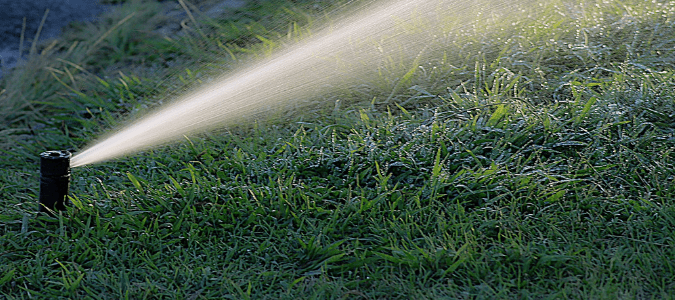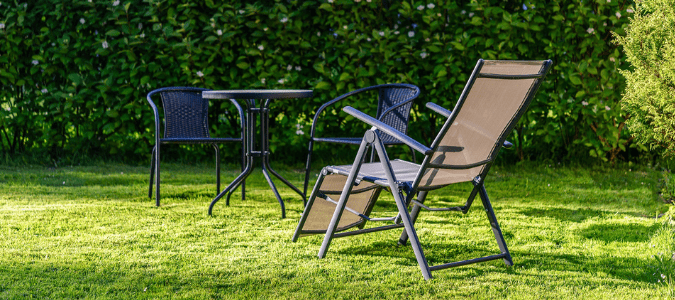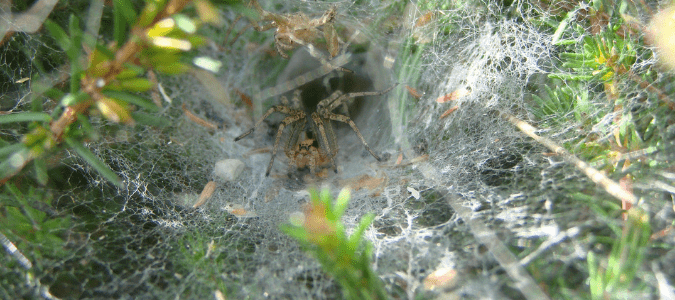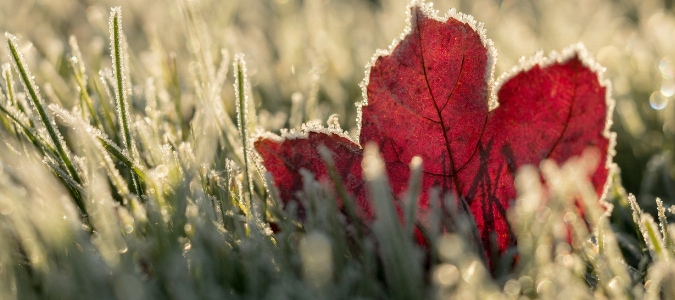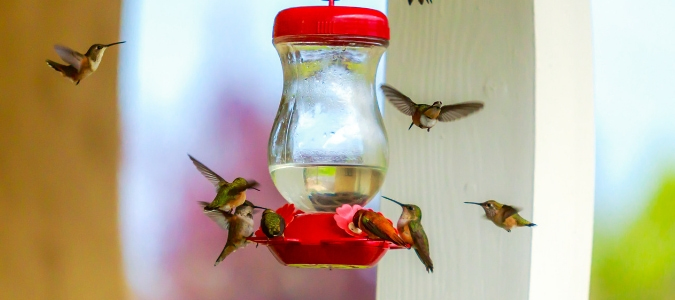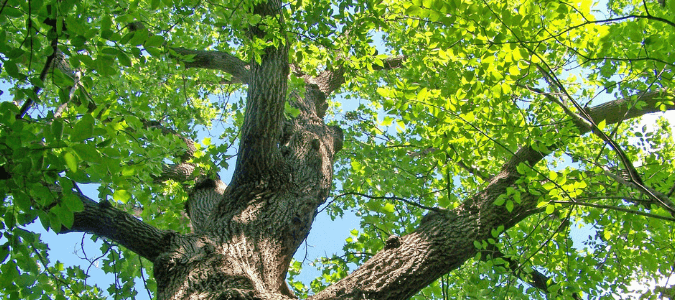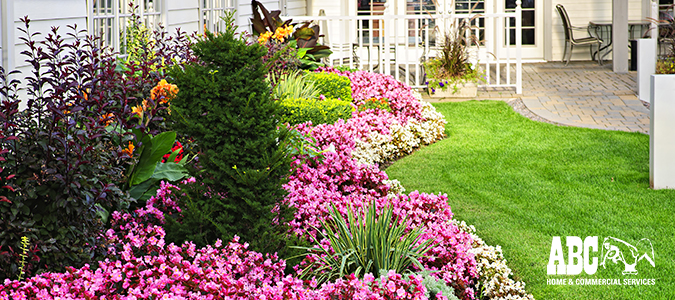What Is Crabgrass? Weed Management Advice From The Pros
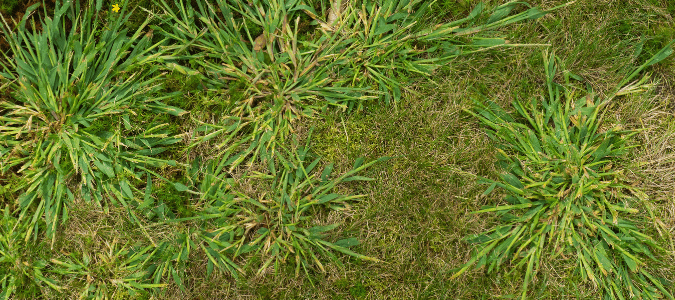
The condition of your yard is a large part of your property’s overall curb appeal. Because of this, homeowners can spend significant amounts of valuable free time making sure plants are watered, the grass is mowed and everything is healthy. Despite your best efforts, many of us have to deal with weeds. If you are trying to troubleshoot a weed problem, you might come across information which leads you to ask yourself: What is crabgrass?
Crabgrass is one of the most common weeds which can grow in residential areas, as well as popping up in gardens, orchards and vineyards. Also sometimes called summer grass, watergrass and crowfoot grass, crabgrass stems extend out from a central cluster in a way which resembles crab legs. Along with other common weeds, crabgrass was inadvertently introduced from Eurasia, and can become very difficult to remove. Crabgrass is an annual, meaning that the plant germinates, produces … Read Full Post »

